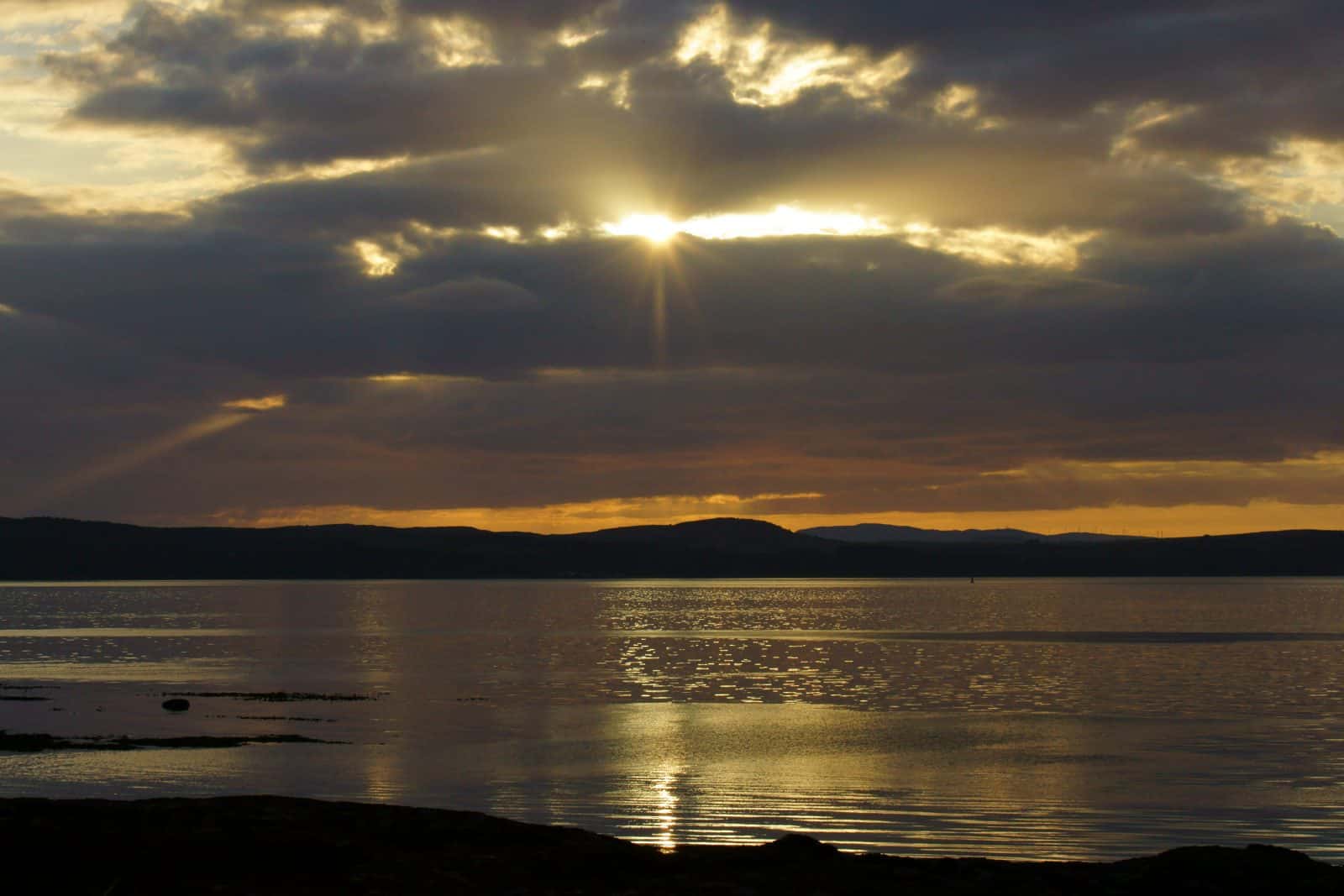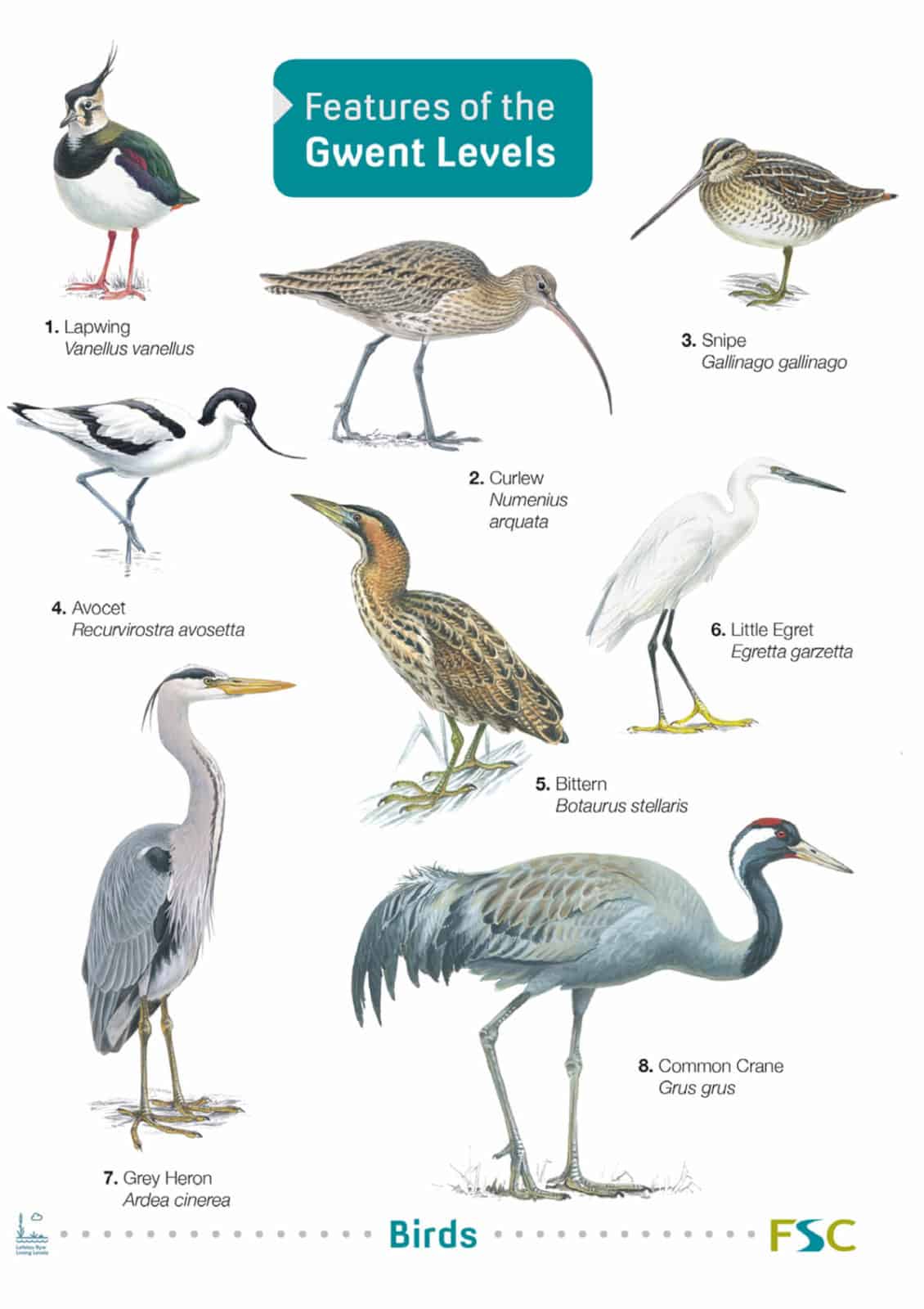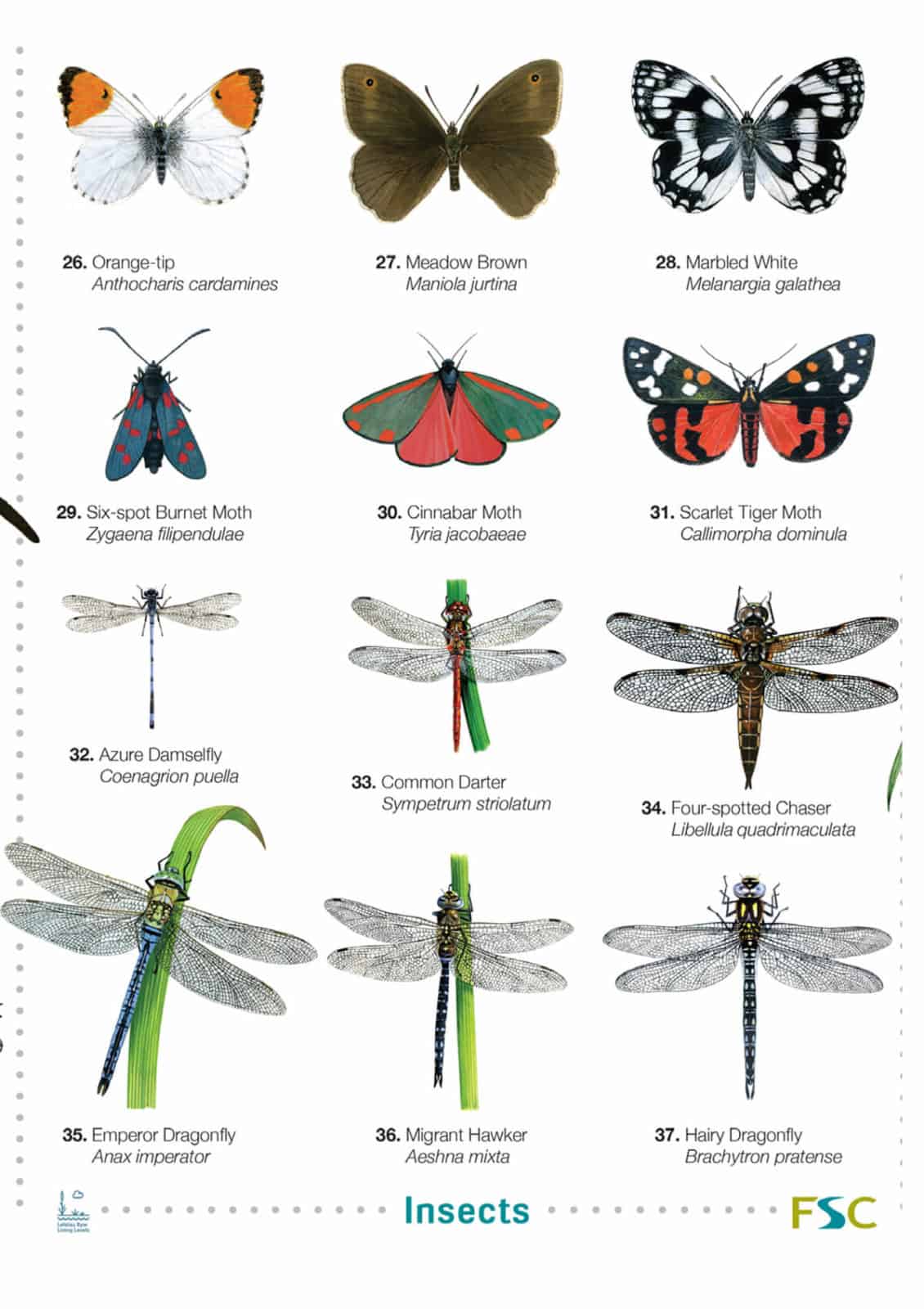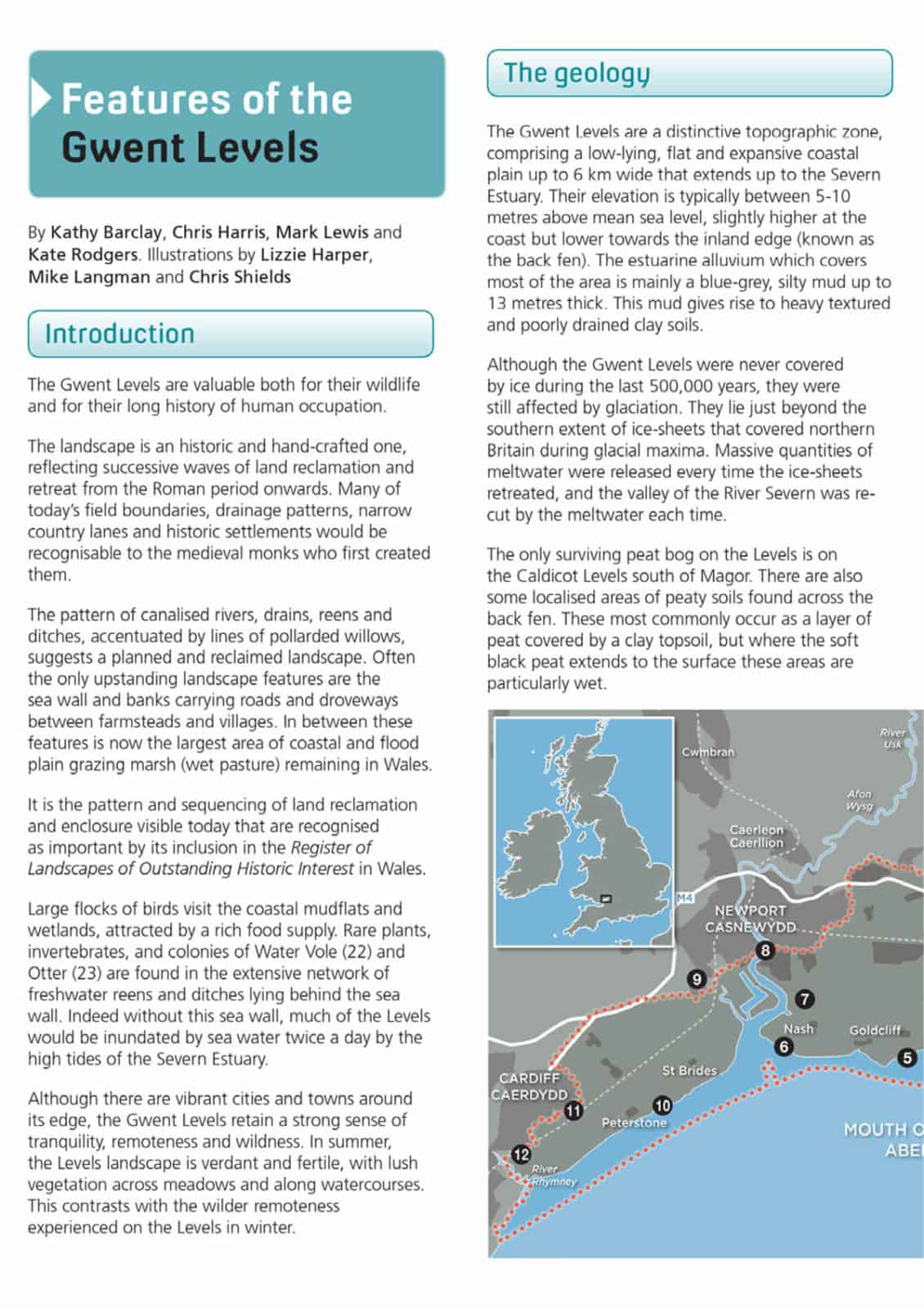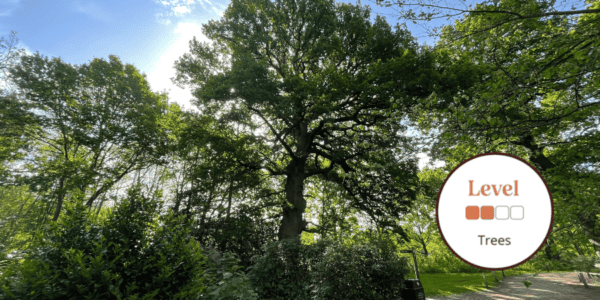Features of the Gwent Levels
Features of the Gwent Levels covers the characteristic wildlife of this special place, including birds, butterflies, moths, dragonflies and wildflowers. Colour paintings show 74 species to spot. Accompanying text describes the geology, archaeology, history and important habitats.
Nestling between the Severn Estuary and the urban areas of Cardiff, Newport and Chepstow, the Levels landscape may seem flat, empty and uninteresting. But first impressions can be misleading. In fact the Gwent Levels is valuable both for its wildlife and for its long history of human occupation. Extensively reclaimed from the sea in the middle ages, the Levels contains over 900 miles of drainage channels. It is now the largest area of reclaimed wet pasture in Britain. Many of today’s field boundaries, drainage patterns, narrow country lanes and historic settlements have endured for centuries.
The Gwent Levels is home to a rich mix of wildlife. Large flocks of wading birds visit the coastal mud flats and wetlands, attracted by a rich food supply. The Common Crane is nesting here again, after an absence of over 400 years. Rare plants, invertebrates and mammals live in the reens and ditches behind the sea wall. Although there are vibrant cities around the edge, the Levels retain a strong sense of tranquility, remoteness and wildness, especially in winter. By contrast in summer the Levels landscape is verdant and fertile, with lush vegetation across meadows and along watercourses.
The flat landscape is ideal for exploring by foot or on bike, via a network of footpaths, bridleways, green lanes, quiet country roads and the Wales Coast Path.
The guide was produced in partnership by the Living Levels Partnership.

